THE PERSECUTION OF CHRISTIANS - PART 2
An overview of Christian Persecution between the years 100 AD - 305 AD, where we can see the Roman Empire trying their hardest to stop the spread of the rapidly growing faith.
In PART 1, we focused on the time period from the birth of Jesus Christ in 4 BC to the death of the last surviving apostle, John, in 100 AD. These 100 years saw the slow rise of Christianity from 84 followers, which included the Apostles and Disciples around the year 30 AD, to the end of 100 AD when there were only around 7000 Christians. This number fits perfectly with the 7 churches mentioned in Revelations, making about 1000 Christians attending each church.
The growth was so slow because there were so many persecution set by the Sanhedrin and the Roman Emperors at the time. The killed Jesus Christ, every apostle and every disciple to try and stop the spread without knowing they were actually helping it grow. For every Christians that died in the public eye, it would convert many of the people in attendance because they were in awe of the peace and courage they witnessed. The Romans had the biggest stadiums and the largest empire in the world at the time, making the spread of Christianity massive.
From the year 100 AD - 150 AD Christianity grew from 7,000 to 50,000 due to the continued persecutions set by the Roman Emperors Trajan, Hadrian and Antonius Pius.
Trajan Reign (98 AD - 117 AD)
Trajan told Pliny to continue prosecutions of Christians if they merited that, but not to accept anonymous or malicious denunciations. He considered this to be in the interests of justice, and to reflect "the spirit of the age". Non-citizens who admitted to being Christians and refused to recant were to be executed "for obstinacy". Citizens were sent to Rome for trial.
Ignatius of Antioch (? - 108 AD) - In 107 AD, after the all the apostles and disciples of Jesus Christ have perished, the Persecution of Christians can be best represented within the life of Ignatius of Antioch. During Roman Emperor Trajan’s 123 Days of Games, Rome was at its greatest power and occupied its largest territory around the Mediterranean. Trajan personifies the energy, the success, and the sophistication of the Roman Empire at its peak. Under his leadership, Rome reached its greatest territorial extent - 2 million square miles.
Stretching from Britannia in the West to Syria in the East, the 50 million subjects of Rome believe in a wide array of different religions and gods. But one underground spiritual movement in particular was gaining momentum. The number of Christians was growing and what started as a very small movement based around Jerusalem has now spread across the empire.
The Romans saw Christianity as a threat because of its promise to undermine Roman conceptions of how power and authority were supposed to work. A prominent Christian leader was brought to Rome to be killed, most likely in the city’s amphitheater. Ignatius of Antioch was clearly the target of Trajan’s anger because he was arrested and brought to Rome to be executed by being fed to lions in the Colosseum.
If the Christians show disrespect to the emperor and the Roman state, that was labelled as Sedition, and for that, they should be killed. Public executions were supposed to teach a lesson to those who witnessed them. The fate of Christians who persisted in their belief were charged with a capital offense, which was the death penalty.
This was no ordinary execution. Ignatius was convinced he was going to die violently, which was fine with him because he wanted follow the model of Jesus Christ. Ignatius was willing to do this, to die just like Jesus and to be martyred. The expression “being thrown to the lions” comes from this time period when Rome when people were literally thrown to lions as punishment. Trajan wanted to make Ignatius an example to other Christian priests within the Roman Empire. They wanted to make sure that the Christians saw their priest get eaten by a lion so then they would resort back to the Roman Sun God or other pagan gods.
The whole phenomenon that was Christian Martyrdom was absolutely a massive enigma in the Roman mind. They could not understand it, just as they could not understand the sort of joy that they saw in the faces of the martyrs in the amphitheaters. Ignatius knew that dying as a martyr was actually going to do far more in spreading the gospel than just standing there and preaching. So when the crowd saw this martyr just there and die gracefully and willingly, they ended up asking what does he believe? When the crowd found out it was Christianity, it began to spread like a wildfire.
Hadrian Reign (117 AD - 138 AD)
Hadrian continued Trajan's policy on Christians; they should not be sought out and should only be prosecuted for specific offenses, such as refusal to swear oaths. In a rescript addressed to the proconsul of Asia, Gaius Minicius Fundanus, and preserved by Justin Martyr, Hadrian laid down that accusers of Christians had to bear the burden of proof for their denunciations or be punished for calumnia (defamation).
Antoninus Pius Reign (138 AD - 161 AD)
It was to Antoninus that the Christian apologist Justin Martyr addressed his defense of the Christian faith, reminding him of his father's (Emperor Hadrian's) rule that accusations against Christians required proof. Antoninus also asserted the principle that the trial was to be held, and the punishment inflicted, in the place where the crime had been committed.
Polycarp of Smryna (69 AD - 155 AD) - Polycarp was a personal disciple of the Apostle John. As an old man, he was the bishop of the Church at Smyrna in Asia Minor (present-day Turkey). Persecution against the Christians broke out there and believers were being fed to the wild beasts in the arena. The crowd began to call for the Christians' leader Polycarp. So the authorities sent out a search party to bring him in. They tortured two slave boys to reveal where Polycarp was being hidden.
It was a Friday afternoon. Polycarp was resting upstairs in a country home. They came in like a posse, fully armed as if they were arresting a dangerous criminal. Polycarp's friends wanted to sneak him out, but he refused, saying, "God's will be done."
In one of the most touching instances of Christian grace imaginable, Polycarp welcomed his captors as if they were friends, talked with them and ordered that food and drink be served to them. Then Polycarp made one request: one hour to pray before they took him away. The officers overhearing his prayers began to have second thoughts. What were they doing arresting an old man like this?
Despite the cries of the crowd, the Roman authorities saw the senselessness of making this aged man a martyr. So when Polycarp was brought into the arena, the proconsul pled with him:
"Curse Christ and I will release you."
POLYCARP: "Eighty-six years I have served Him. He had never done me wrong. How then can I blaspheme my King who has saved me?"
The proconsul reached for an acceptable way out: "Then do this, old man. Just swear by the genius of the emperor and that will be sufficient." (The "genius" was sort of the "spirit" of the emperor. To do this would be a recognition of the pagan gods and religion.)
POLYCARP: "If you imagine for a moment that I would do that, then I think you pretend that you don't know who I am. Hear it plainly. I am a Christian."
More entreaties. Polycarp stood firm. The proconsul threatened him with the wild beasts.
POLYCARP: "Bring them forth. I would change my mind if it meant going from the worse to the better, but not to change from the right to the wrong."
The proconsul's patience was gone: "I will have you burned alive."
POLYCARP: "You threaten fire that burns for an hour and is over. But the judgment on the ungodly is forever."
The fire was prepared. Polycarp lifted his eyes to heaven and prayed:
"Father, I bless you that you have deemed me worthy of this day and hour, that I might take a portion of the martyrs in the cup of Christ. . . Among these may I today be welcome before thy face as a rich and acceptable sacrifice."
As the fire engulfed him, the believers noted that it smelled not so much like flesh burning as a loaf baking. He was finished off with the stab of a dagger. His followers gathered his remains like precious jewels and buried them on February 22, a day they set aside to be remembered. In the strange way known to the eyes of faith, it was as much a day of triumph as it was a day of tragedy.
From the years 150 AD - 250 AD, Christianity exploded in growth from 50,000 to 1 million Christians. This was due to the continued persecutions set by the Roman Emperor Marus Aurelius, Septimus Severus, Decius and Trebonianus Gallus.
Marcus Aurelius Reign (161 AD - 180AD)
In the second century, the emperors treated Christianity as a local problem to be dealt with by their subordinates. The number and severity of persecutions of Christians in various locations of the empire seemingly increased during the reign of Marcus Aurelius.
Justin Martyr (100 AD - 165 AD) - Also known as Justin the Philosopher, he was an early Christian apologist and philosopher. The First Apology, his most well-known text, passionately defends the morality of the Christian life, and provides various ethical and philosophical arguments to convince the Roman emperor, Antoninus, to abandon the persecution of the Church
Ptelemaeus (? - 165AD) - Ptolemaeus converted a promiscuous woman to Christianity, teaching her to live in chastity. Ptolemaeus was brought before the prefect Lollius Urbicus at Rome and was thrown into prison. He was later executed.
Lucius (? - 165 AD) - He was a man who protested against Ptolemaeus' sentence. He argued that Ptolemaeus has not been found guilty of any crime, and argued that Ptolemaeus was innocent of the charges brought against him (adultery, sexual immorality, murder, clothes stealing, robbery), challenging the honor of the prefect, the emperor, and the Senate. Lucius was then executed.
The Persecution in Lyon (177AD) - 48 Christians died - A number of the Christians in the area of Vienne and Lyons were Greeks from Asia. Before the actual outbreak of violence, Christians were forbidden from the marketplace, the forum, the baths, or to appear in any public places. If they did appear in public they were subject to being mocked, beaten, robbed by the mob and their homes being vandalized. The martyrs of Lyons were accused of "Thyestean banquets and Oedipean intercourse," a reference to cannibalism and incest.
When the governor arrived at Lugdunum, he interrogated them in front of the populace again, mistreating them to such a degree that Vettius Epagathus, a Christian and man of high social standing, requested permission to testify on behalf of the accused. This request was refused and instead the governor arrested Vettius Epagathus when he confessed to being a Christian.
These Christians endured torture while the authorities continued to apprehend others. Two of their pagan servants were seized and, fearing torture, falsely charged the Christians with incest and cannibalism. What followed was the torture of the captive Christians by various means. In the end, all 48 Christians were killed.
Cecilia (? - 178 AD) - The martyrdom of Cecilia is said to have followed that of her husband Valerian and his brother at the hands of the prefect Turcius Almachius. The legend about Cecilia's death says that after being struck three times on the neck with a sword, she lived for three days, and asked the pope to convert her home into a church.
Scillitan Martyrs (? - 180 AD) - The Scillitan sufferers were twelve in all—seven men and five women. Their names were Speratus, Nartzalus, Cintinus (Cittinus), Veturius, Felix, Aquilinus, Laetantius, Januaria, Generosa, Vestia, Donata, and Secunda. The martyrs' trial and execution took place in Carthage under the proconsul Publius Vigellius Saturninus, whom Tertullian declares to have been the first persecutor of Christians in Africa. The trial is notable among the trials of early martyrs inasmuch as the accused were not subjected to torture.
Septimus Severus Reign (193 AD - 211 AD)
At the beginning of Severus' reign, Trajan's policy toward the Christians was still in force. That is, Christians were only to be punished if they refused to worship the emperor and the gods, but they were not to be sought out. Therefore, persecution was inconsistent, local and sporadic. Faced with internal dissidence and external threats, Severus felt the need to promote religious harmony by promoting syncretism. He, possibly, issued an edict that punished conversion to Judaism and Christianity.
Perpetua and Felicity (182 AD - 203 AD) - The Passion of Perpetua and Felicity narrates their death. According to the passion narrative, five people were arrested and executed at the military games in celebration of the Emperor Septimius Severus's birthday. Along with Felicitas and Perpetua, these included two free men, Saturninus and Secundulus, and an enslaved man named Revocatus; all were catechumens or Christians being instructed in the faith but not yet baptized. To this group of five was added a further man named Saturus, who voluntarily went before the magistrate and proclaimed himself a Christian.
Decius Reign ( 249 AD - 251 AD)
Decian Persecution - Anyone, including Christian followers, who refused to offer a sacrifice for the emperor and the Empire's well-being by a specified date risked torture and execution. A number of prominent Christians did, in fact, refuse to make a sacrifice and were killed in the process and "anti-Christian feeling[s] led to killings at Carthage and Alexandria. At this time, there was a second outbreak of the Antonine Plague, which at its height from 251 to 266, took the lives of 5,000 daily in Rome.
Fabian (? - 250 AD) - He was the bishop of Rome from 10 January 236 until his death on 20 January 250, succeeding Anterus. He divided Rome into diaconates and appointed secretaries to collect the records of the martyrs. He sent out seven "apostles to the Gauls" as missionaries. He also condemned Privatus, the originator of a new heresy in Africa. Fabian was one of the earliest victims of Decius, dying as a martyr on 20 January 250, at the beginning of the Decian persecution, though probably in prison, rather than by execution.
Trebonianus Gallus Reign (251 AD - 253 AD)
Gallus may have also ordered a localized and uncoordinated persecution of Christians. However, only two incidents are known to us: the exile of Pope Cornelius to Centumcellae, where he died in 253 and the exile of his successor, Pope Lucius, right after his election. The latter was recalled to Rome during the reign of Valerian.
The Christian community grew from a population of 1.1 million in 250 to a population of 6 million by 300, about 10% of the empire's total population. This was due to the persecutions of Christians enforced by Valerian, Claudius II and Diocletian.
Valerian Reign (253 AD - 260 AD)
Valerianic Persecution - In 257, Valerian began to enforce public religion. Cyprian of Carthage was exiled and executed the following year. Dionysius of Alexandria was tried, urged to recognize "the natural gods" in the hope his congregation would imitate him, and exiled when he refused.
Sixtus II (? - 258 AD) - He was bishop of Rome from 31 August 257 until his death on 6 August 258. He was martyred along with seven deacons, including Lawrence of Rome, during the persecution of Christians by the Emperor Valerian.
Cyprian (210 AD - 258 AD) - He was a bishop of Carthage and an early Christian writer of Berber descent, many of whose Latin works are extant. He is recognized as a saint in the Western and Eastern churches. In Africa, Cyprian prepared his people for the expected edict of persecution by his De exhortatione martyrii and set an example when he was brought before the Roman proconsul Aspasius Paternus (30 August 257). He refused to sacrifice to the pagan deities and firmly professed Christ.
The execution was carried out at once in an open place near the city. A vast multitude followed Cyprian on his last journey. He removed his garments without assistance, knelt down, and prayed. After he blindfolded himself, he was beheaded by the sword. The body was interred by Christians near the place of execution.
Lawrence (223 AD - 258 AD) - He was one of the seven deacons of the city of Rome under the Bishop of Rome, Sixtus II. As a deacon in Rome, Lawrence was responsible for the material goods of the Church and the distribution of alms to the poor. Lawrence was sentenced at San Lorenzo in Miranda and imprisoned in San Lorenzo in Fonte, where he baptized fellow prisoners. He was martyred in San Lorenzo in Panisperna, and was buried in San Lorenzo fuori le Mura.
Claudius II Reign (268 AD - 270 AD)
Valentine (226 AD - 269 AD) - Saint Valentine was a clergyman – either a priest or a bishop – in the Roman Empire who ministered to persecuted Christians. He was arrested for continuing to evangelise and was sent to the prefect of Rome, to the emperor Claudius Gothicus (Claudius II) himself. Claudius took a liking to him until Valentine tried to convince Claudius to embrace Christianity. Claudius refused and condemned Valentine to death, commanding that Valentine either renounce his faith or he would be beaten with clubs and beheaded. Valentine refused and was executed outside the Flaminian Gate on February 14, 269.. Since then, February 14 marks Valentine's Day, a day set aside by the Christian church in memory of the Roman priest and physician.
Diocletian Reign (284 AD - 305 AD)
Diocletianic Persecution (The Great Persecution) - On 23 February 303, Diocletian ordered that the newly built church at Nicomedia be razed. He demanded that its scriptures be burned, and seized its precious stores for the treasury.The next day, Diocletian's first "Edict against the Christians" was published.The edict ordered the destruction of Christian scriptures and places of worship across the empire, and prohibited Christians from assembling for worship.Christian senators, equestrians, decurions, veterans, and soldiers were deprived of their ranks; and Christian imperial freedmen were re-enslaved. The Liber Pontificalis, a collection of biographies of the popes, alleges 17,000 martyrs occurred within a single thirty-dayiod.
Sebas (255 AD - 288 AD) - Sebastian had prudently concealed his faith, but in 286 it was detected. Diocletian reproached him for his supposed betrayal, and he commanded him to be led to a field and there to be bound to a stake so that the chosen archers from Mauretania would shoot arrows at him. "And the archers shot at him till he was as full of arrows as an urchin is full of pricks, and thus left him there for dead.” Miraculously, the arrows did not kill him. The widow of Castulus, Irene of Rome, went to retrieve his body to bury it, and discovered he was still alive. She brought him back to her house and nursed him back to his health.
Sebastian later stood by a staircase where the emperor was to pass and harangued Diocletian for his cruelties against Christians. This freedom of speech, and from a person whom he supposed to have been dead, greatly astonished the emperor; but recovering from his surprise, he gave orders for Sebastian to be seized and beaten to death with cudgels, and his body thrown into the common sewer.
Gelasinus (? - 297 AD) - He was a performance artist and mime from Mariamme near Damascus. He converted in the middle of a theatrical contest at Heliopolis (the modern Baalbek, Lebanon). During a group skit lampooning the sacrament of baptism, he was thrown into a vat of warm water from the bathhouse and emerged refusing to continue the routine, saying:
"I am a Christian for I saw an awesome glory in the tub and I will die a Christian".
Heliopolis was a center of zealous Roman and Canaanite paganism and the audience became enraged, taking him outside and stoning him.
Felix and Adauctus (? - 303 AD) - Felix, a Roman priest being ordered to offer sacrifice to the gods, was brought by the prefect Dracus to the temples of Serapis, Mercury, and Diana. But at the prayer of the saint the idols fell shattered to the ground. He was then led to execution. On the way an unknown person joined him, professed himself a Christian, and also received the crown of martyrdom. The Christians gave him the name Adauctus. They were both beheaded.
Euphemia (? - 303 AD) - The governor of Chalcedon, Priscus, had made a decree that all of the inhabitants of the city take part in sacrifices to the deity Ares. Euphemia was discovered with forty-nine other Christians hiding in a house and worshipping God, in defiance of the governor's orders. Because of their refusal to sacrifice, they were tortured for a number of days, and then, all but Euphemia, sent to the Emperor for trial. Euphemia, the youngest among them, was separated from her companions and subjected to particularly harsh torments, including the wheel, in hopes of breaking her spirit. She was placed in the arena, where lions were sent out to kill her.
George (? - 303 AD) - He was a soldier in the Roman army. He was of Cappadocian Greek origin and a member of the Praetorian Guard for Roman emperor Diocletian. After his mother's death he travelled to the eastern imperial capital, Nicomedia, where he was persecuted. George was executed by decapitation on 23 April 303. A witness of his suffering convinced Empress Alexandra of Rome to become a Christian as well, so she joined George in martyrdom.
Pancras of Rome (289 AD - 303 AD) - During the persecution of Christians by Emperor Diocletian, around 303 AD, he was brought before the authorities and asked to perform a sacrifice to the Roman gods. Diocletian, impressed with the boy's determination to resist, promised him wealth and power, but Pancras refused, and finally the emperor ordered him to be beheaded on the Via Aurelia, on 12 May 303 AD when he was only 14 years old.
Agnes of Rome (291 AD - 304 AD) - According to tradition, Agnes was a member of the Roman nobility, born in AD 291 and raised in an early Christian family. She suffered martyrdom at the age of twelve or thirteen on 21 January 304. A beautiful young girl from a wealthy family, Agnes had many suitors of high rank, and the young men, slighted by her resolute devotion to religious purity, submitted her name to the pagan authorities as a follower of Christianity.
The Prefect Sempronius condemned Agnes to be dragged naked through the streets to a brothel. She was led out and bound to a stake, but the bundle of wood would not burn, or the flames parted away from her, whereupon the officer in charge of the troops drew his sword and beheaded her, or, in some other texts, stabbed her in the throat. It is also said that her blood poured to the stadium floor where other Christians soaked it up with cloths.
Marcellinus and Peter (? - 304 AD) - They were killed at an out-of-the-way spot by the magistrate Severus or Serenus, so that other Christians would not have a chance to bury and venerate their bodies. The two saints happily cleared the spot chosen for their death: a thicket overgrown with thorns, brambles, and briers three miles from Rome. They were beheaded and buried in that spot.
Alban (? - 304 AD) - He was the first-recorded British Christian martyr for which reason he is considered to be the British protomartyr. Alban was sheltering the priest and the prince gave orders for Roman soldiers to make a strict search of Alban's house. As they came to seize the priest, Alban put on the priest's cloak and clothing and presented himself to the soldiers in place of his guest. He was sentenced to be executed on a hill.
When Alban reached the summit of the hill, he began to thirst and prayed God would give him water. A spring immediately sprang up at his feet. It was there that his head was struck off, as well as the head of the first Roman soldier who was miraculously converted and refused to execute him. However, immediately after delivering the fatal stroke, the eyes of the second executioner popped out of his head and dropped to the ground, along with Alban's head, so that this second executioner could not rejoice over Alban's death
Vincent of Saragossa (? - 304 AD) - When the Roman Emperor Diocletian began persecuting Christians in Spain, both were brought before the Roman governor, Dacian, in Valencia. Vincent and his bishop Valerius were confined to the prison of Valencia. Though he was finally offered release if he would consign Scripture to the fire, Vincent refused. Speaking on behalf of his bishop, he informed the judge that they were ready to suffer everything for their faith, and that they could pay no heed either to threats or promises.
His outspoken manner so angered the governor that he had every sort of torture inflicted on Vincent. He was stretched on the rack and his flesh torn with iron hooks. Then his wounds were rubbed with salt and he was burned alive upon a red-hot gridiron. Finally, he was cast into prison and laid on a floor scattered with broken pottery, where he died.
Lucy (283 AD - 304 AD) - Lucy took the opportunity to persuade her mother to allow her to distribute a great part of her riches among the poor. Eutychia suggested that the sums would make a good bequest, but Lucy countered, "...whatever you give away at death for the Lord's sake you give because you cannot take it with you. Give now to the true Savior, while you are healthy, whatever you intended to give away at your death.” News that the patrimony and jewels were being distributed came to Lucy's betrothed, who denounced her to Paschasius, the Governor of Syracuse. Paschasius ordered her to burn a sacrifice to the emperor's image. When she refused, Paschasius sentenced her to be defiled in a brothel. Finally, she met her death by the sword thrust into her throat.
Januarius (? - 305 AD) - He , was the Bishop of Benevento and he hid his fellow Christians, which prevented them from being caught. Unfortunately, while visiting Sossius in jail, he too was arrested. He and his colleagues were condemned to be thrown to wild bears in the Flavian Amphitheater at Pozzuoli, but the sentence was changed due to fear of public disturbances, and they were instead beheaded at the Solfatara crater near Pozzuoli
Catherine of Alexandria (287 AD - 305 AD) - She went to the emperor and rebuked him for his cruelty. The emperor summoned 50 of the best pagan philosophers and orators to dispute with her, hoping that they would refute her pro-Christian arguments, but Catherine won the debate. Several of her adversaries, conquered by her eloquence, declared themselves Christians and were at once put to death. The furious emperor condemned Catherine to death on a spiked breaking wheel, but, at her touch, it shattered. The emperor ordered her to be beheaded and Catherine herself ordered the execution to commence.
The Roman Empire’s final attempt to try and stop Christianity by force was the Great Persecution of Roman Emperor Diocletian. They were killing thousands of Christians daily but they couldn’t keep up with the growth, which they finally noticed they were helping nurture. So they had to come up with a completely different plan to try and get ahead of the Christian Faith that was consuming the entire empire. This plan would be set up and completed by the next Roman Emperor, Constantine I.
Continued in PART 3 …




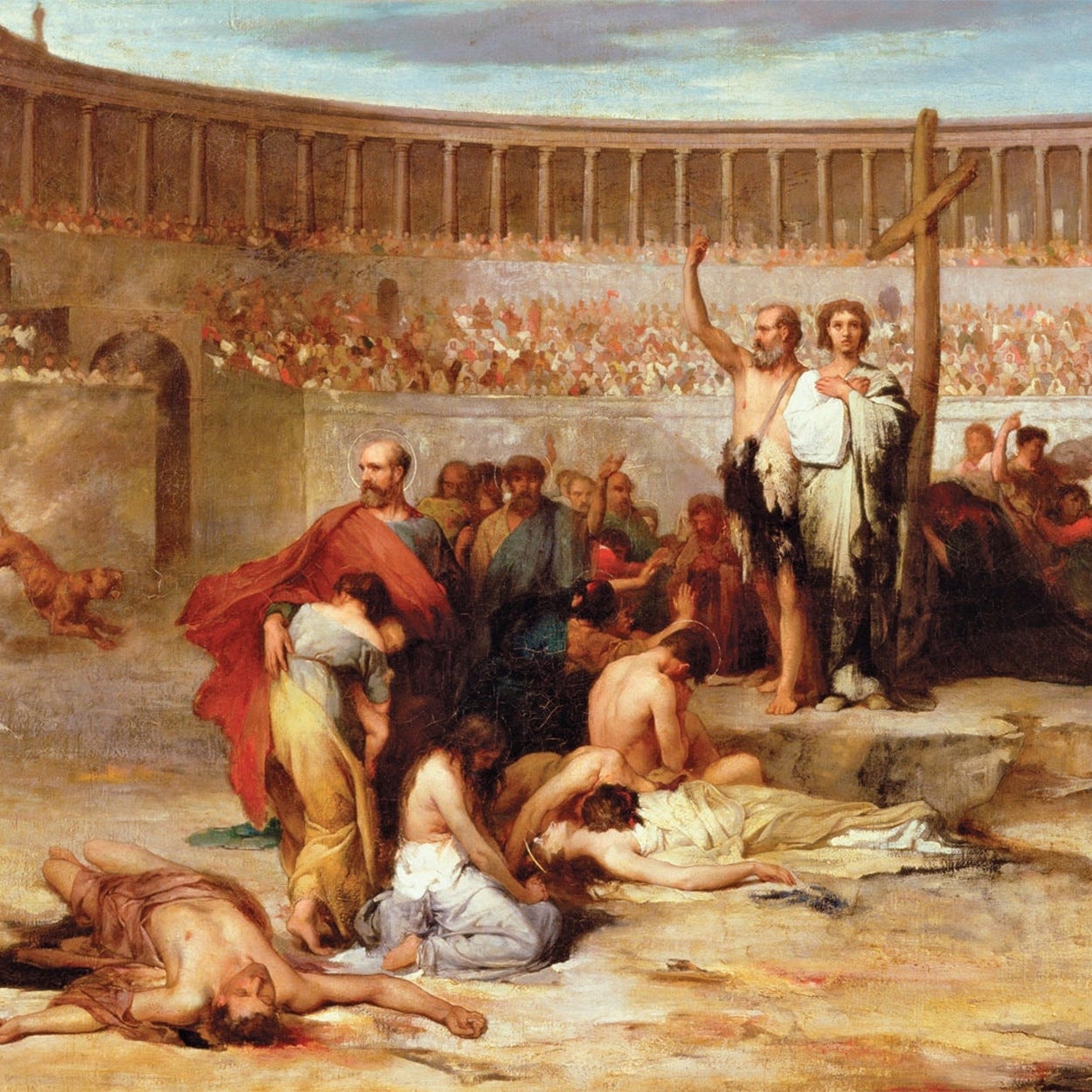
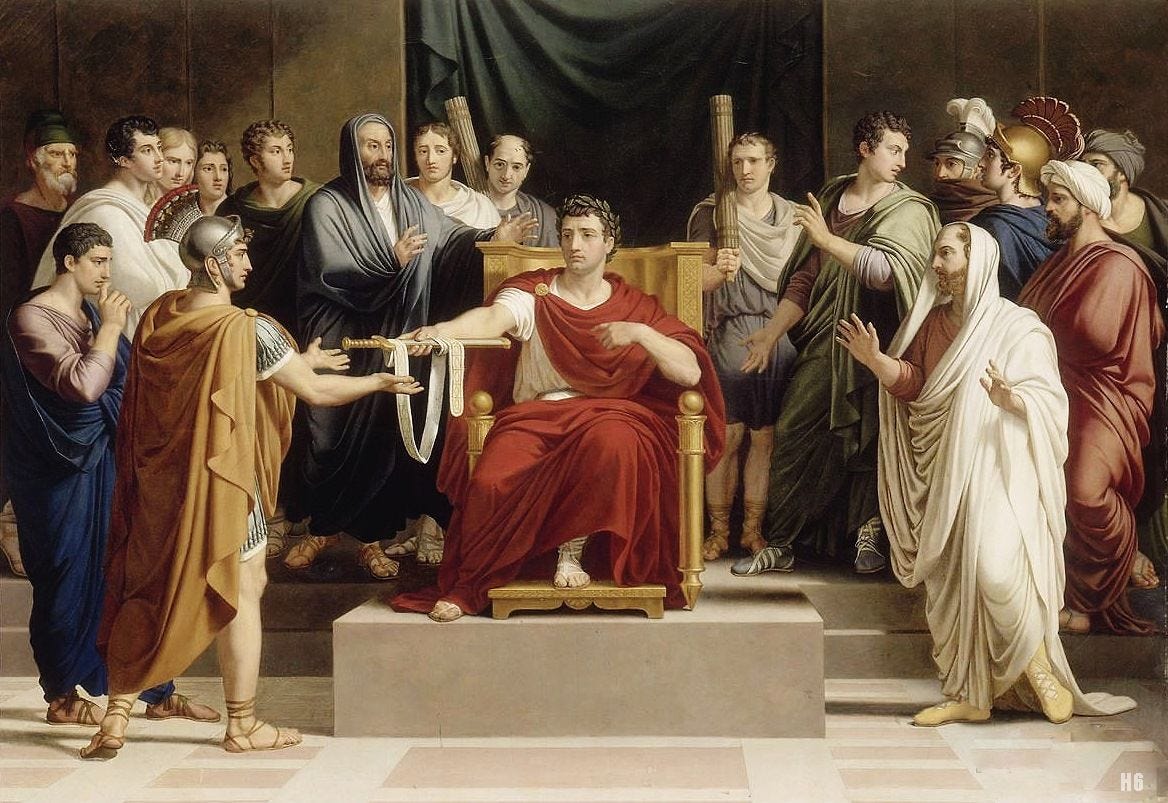
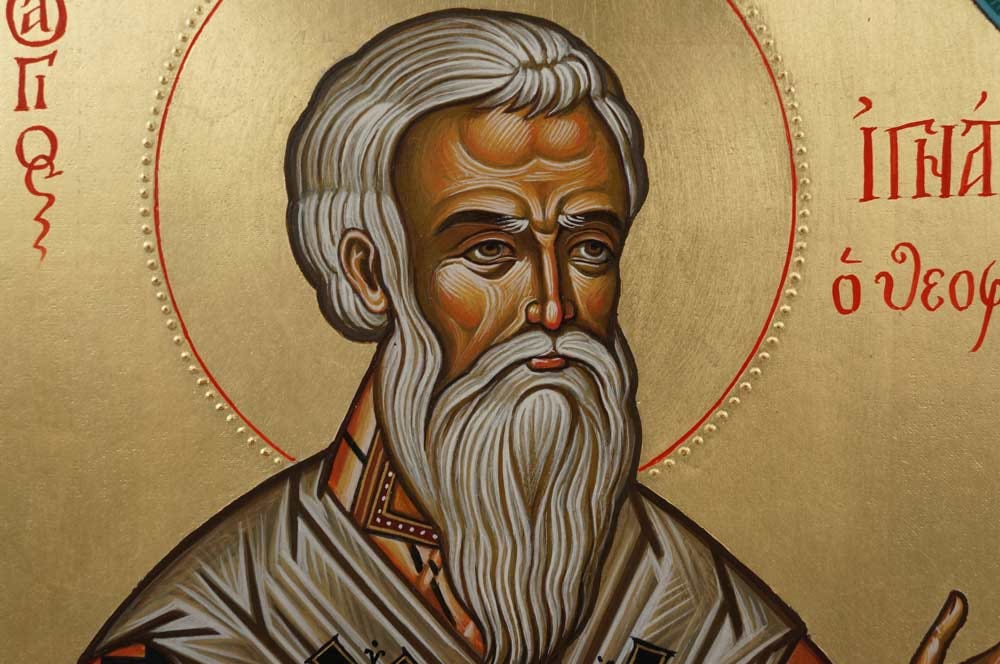
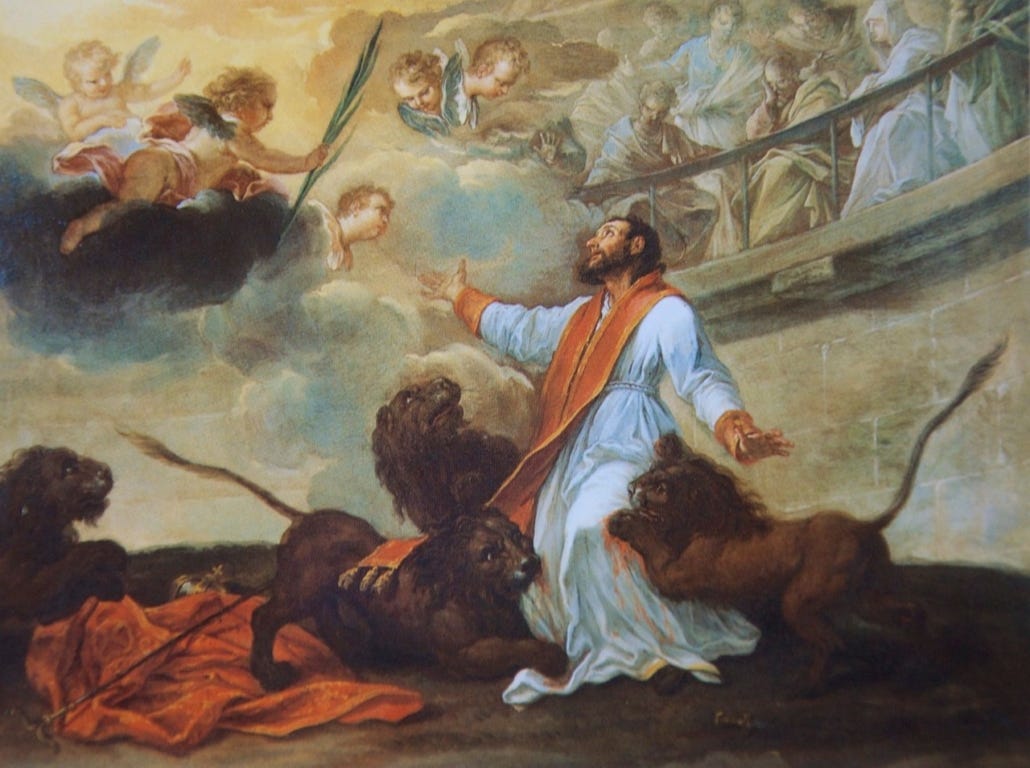
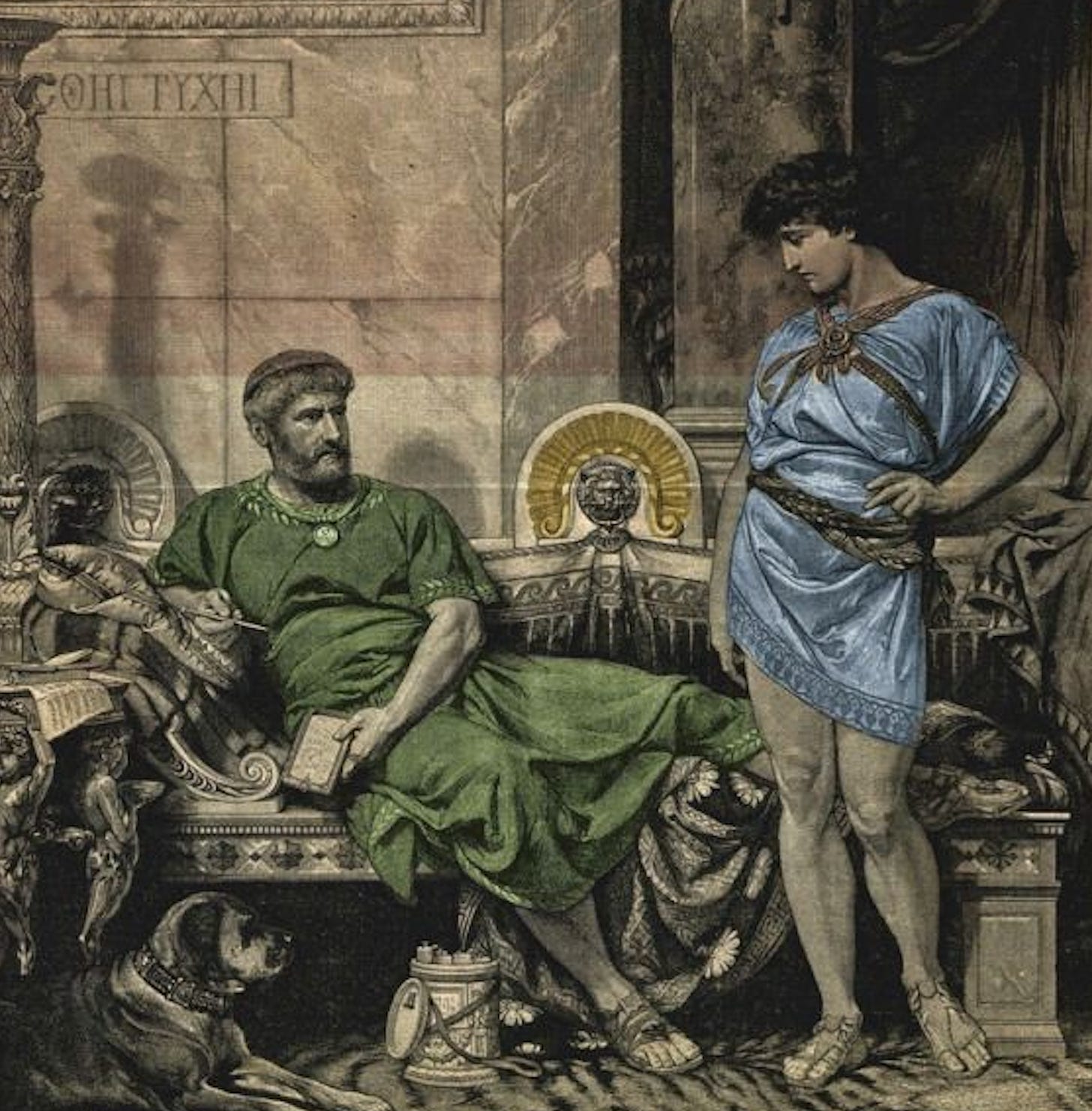
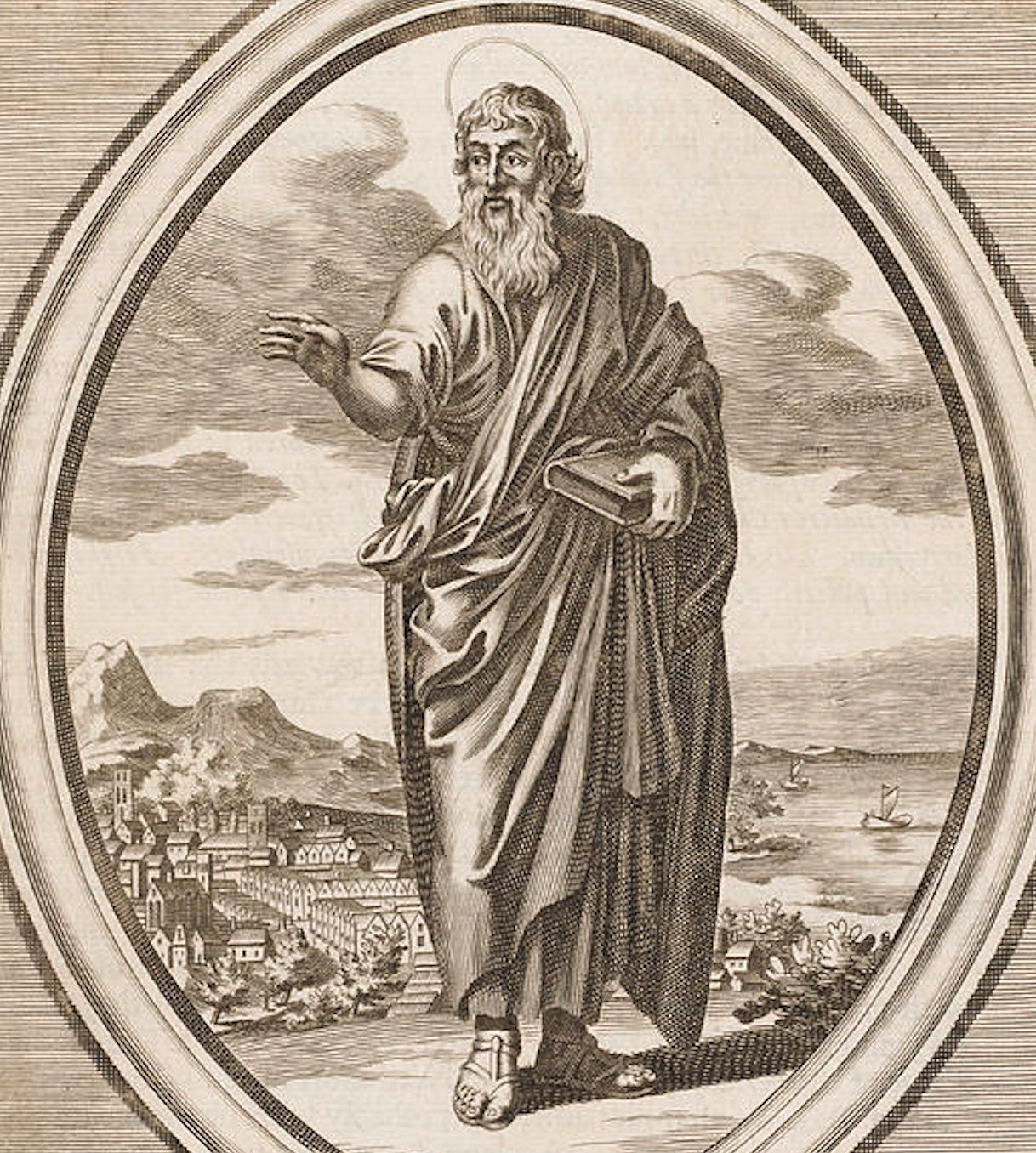
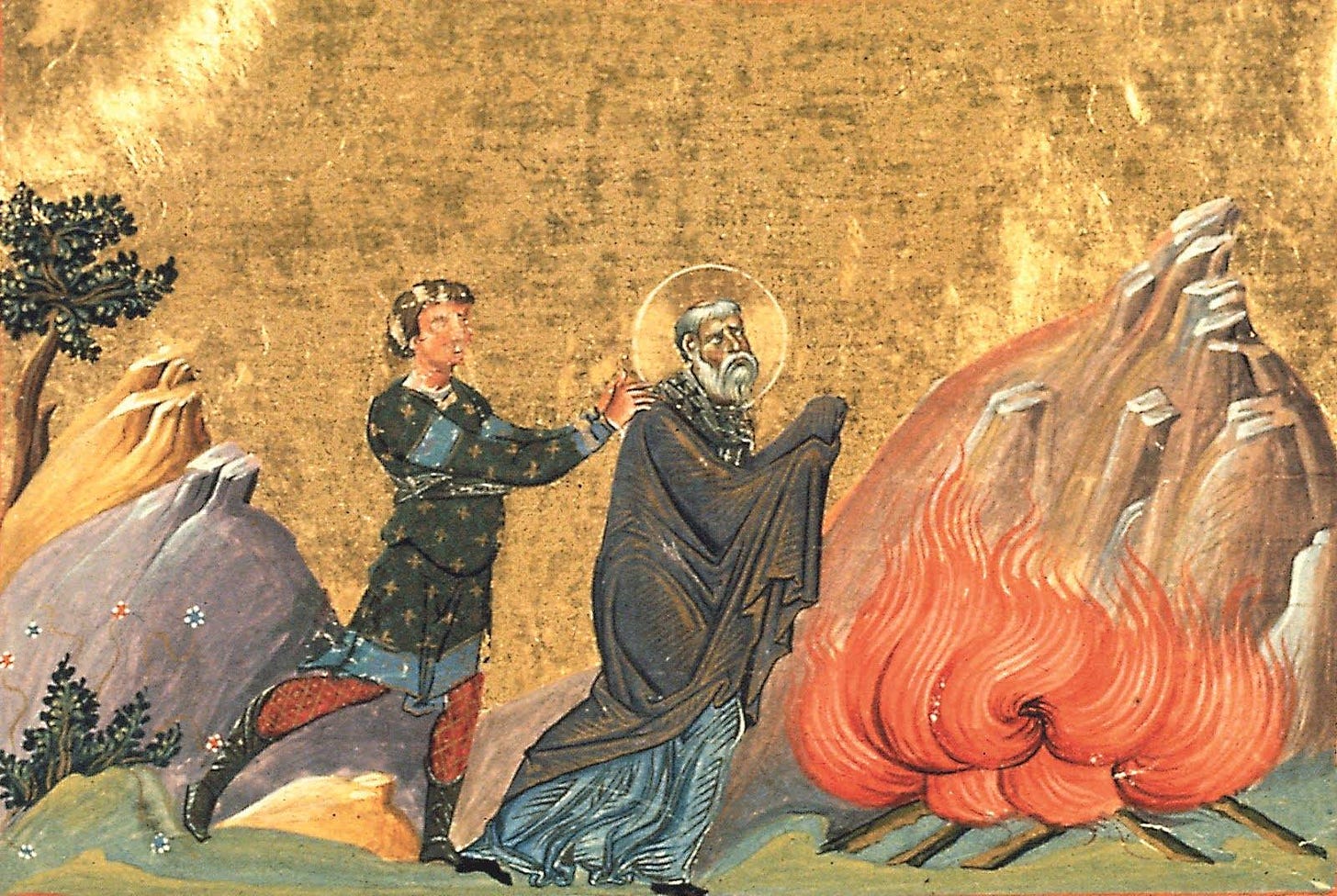
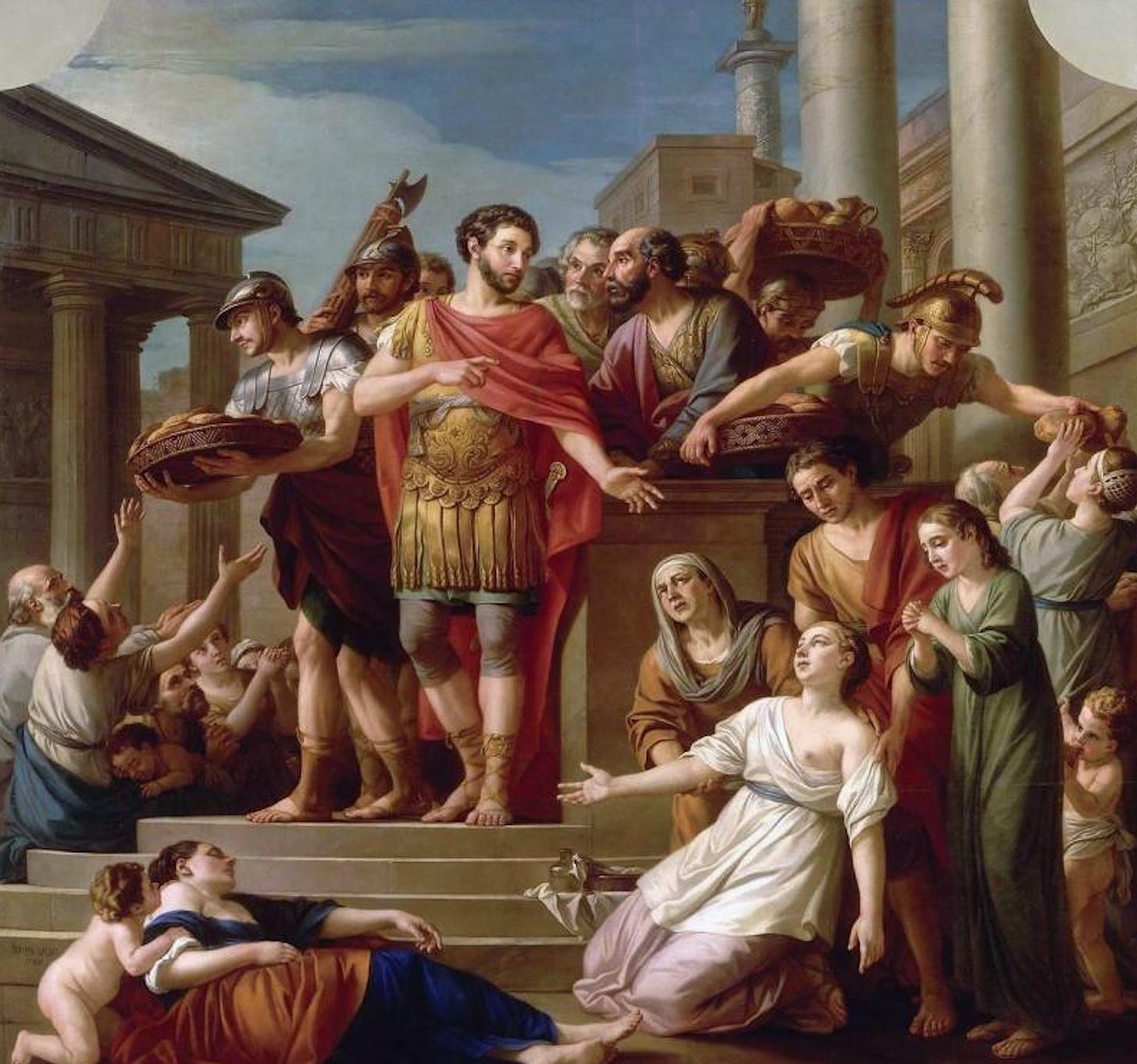
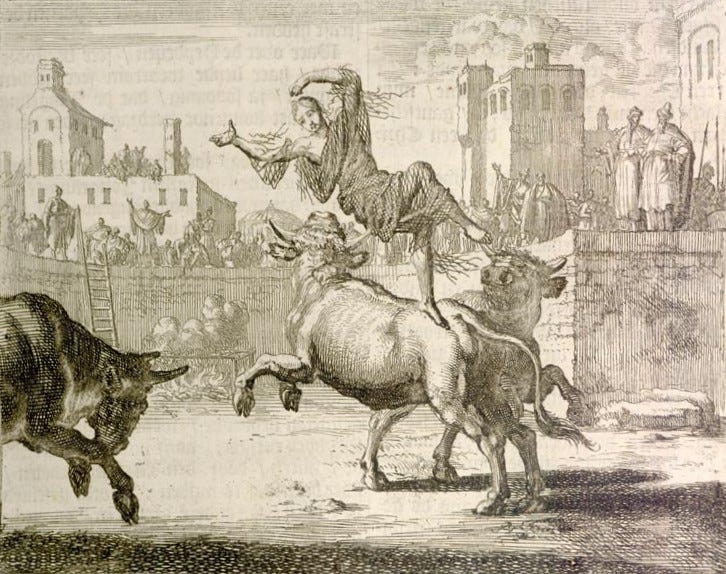
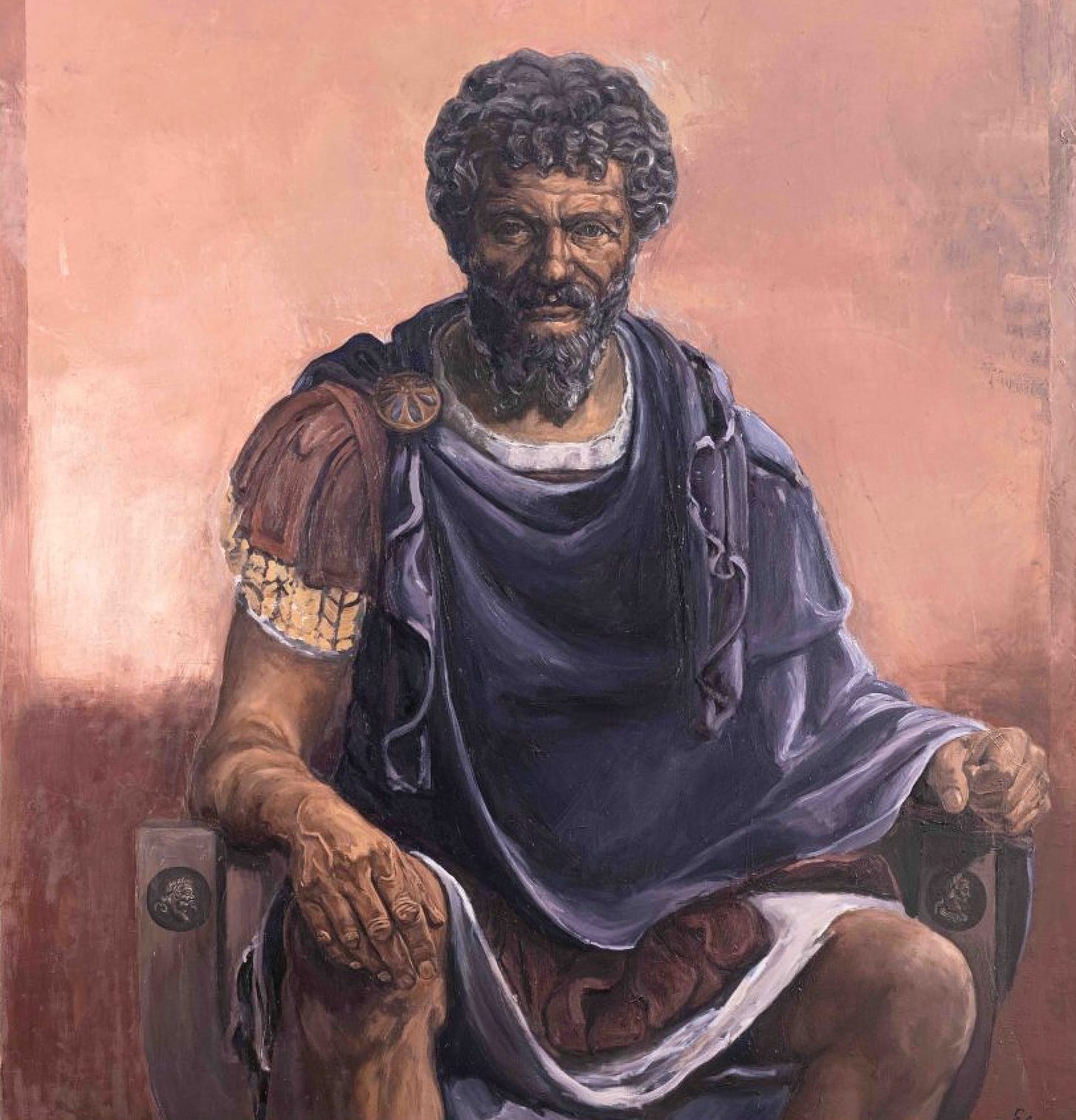
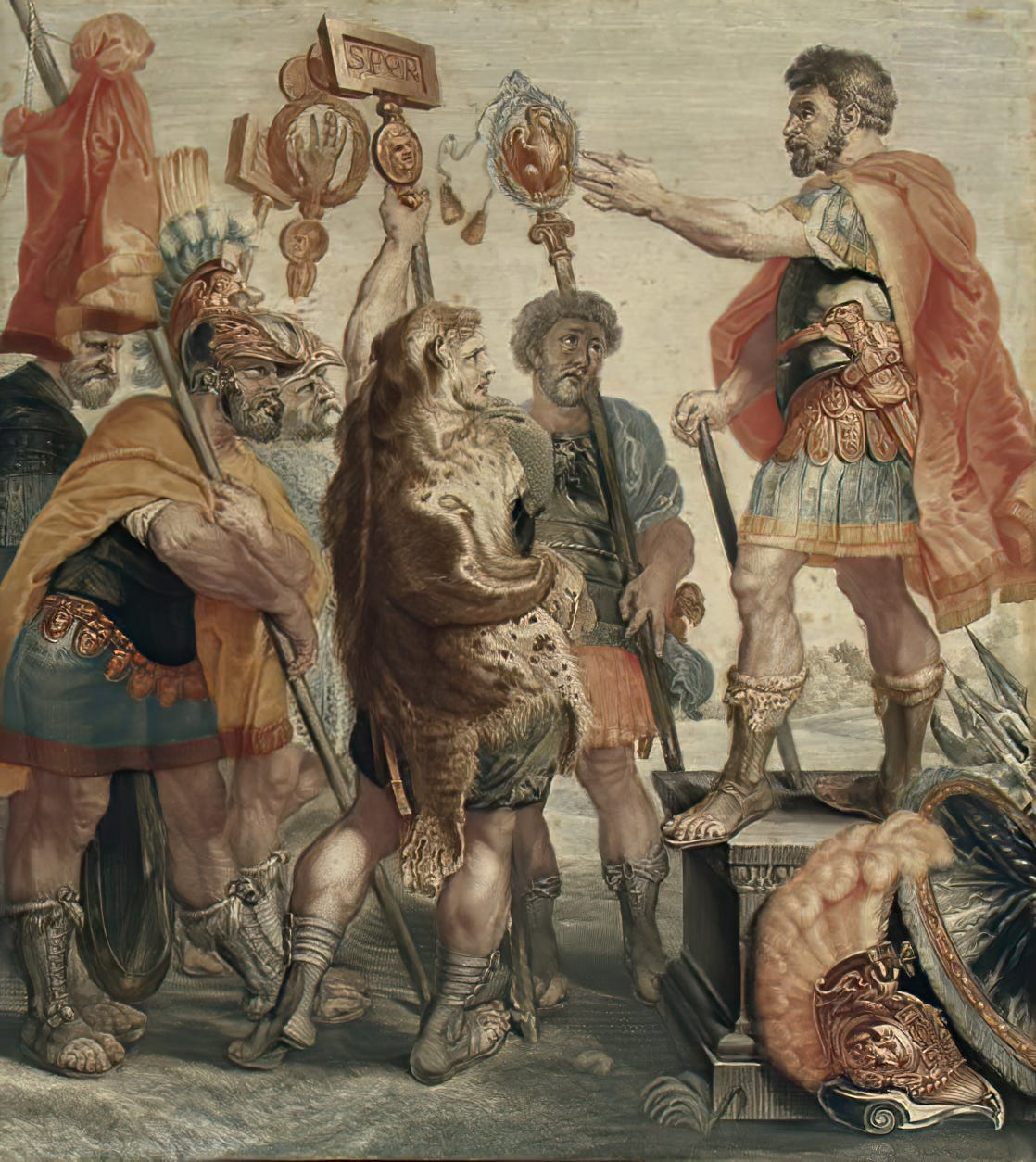
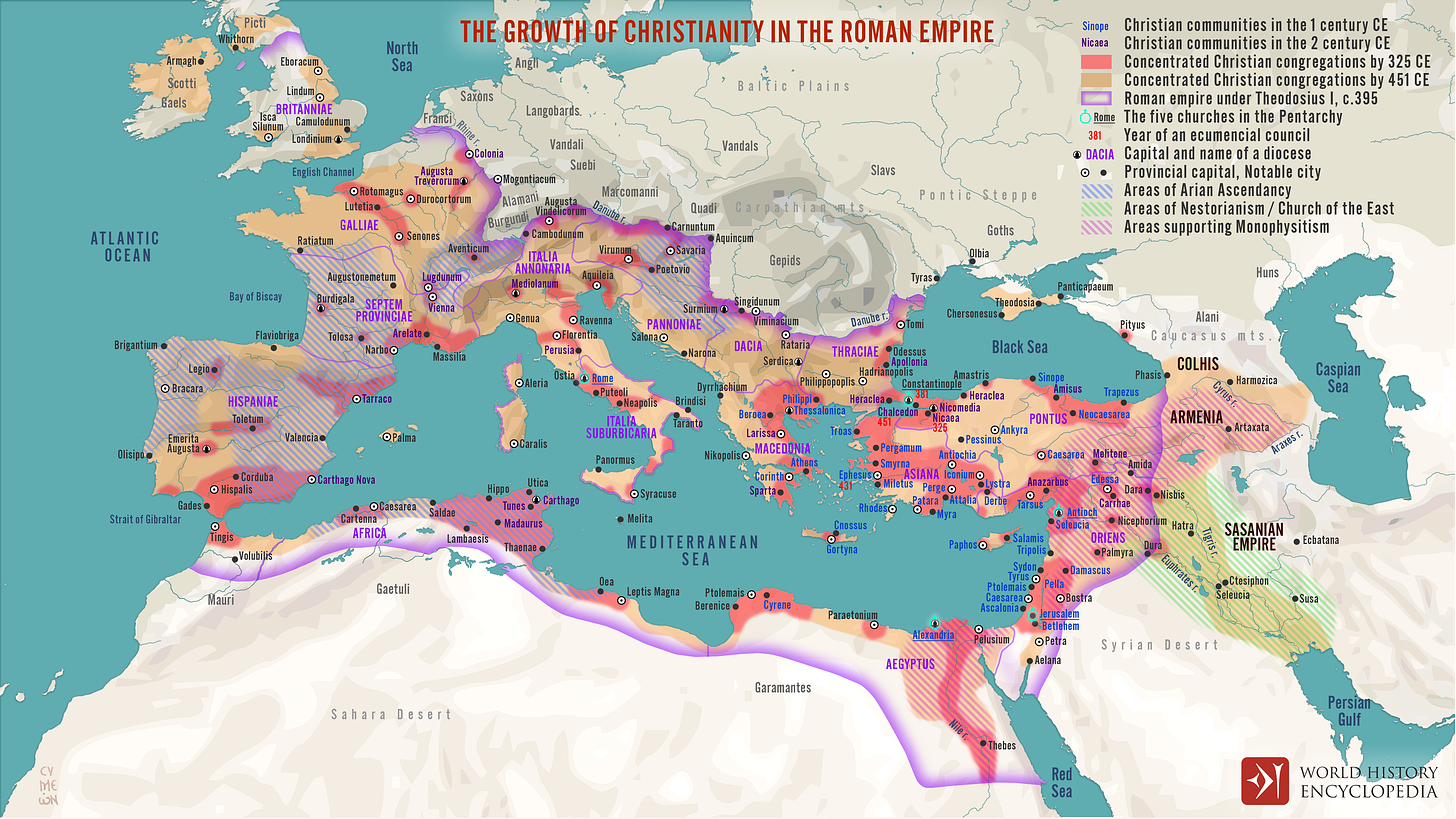
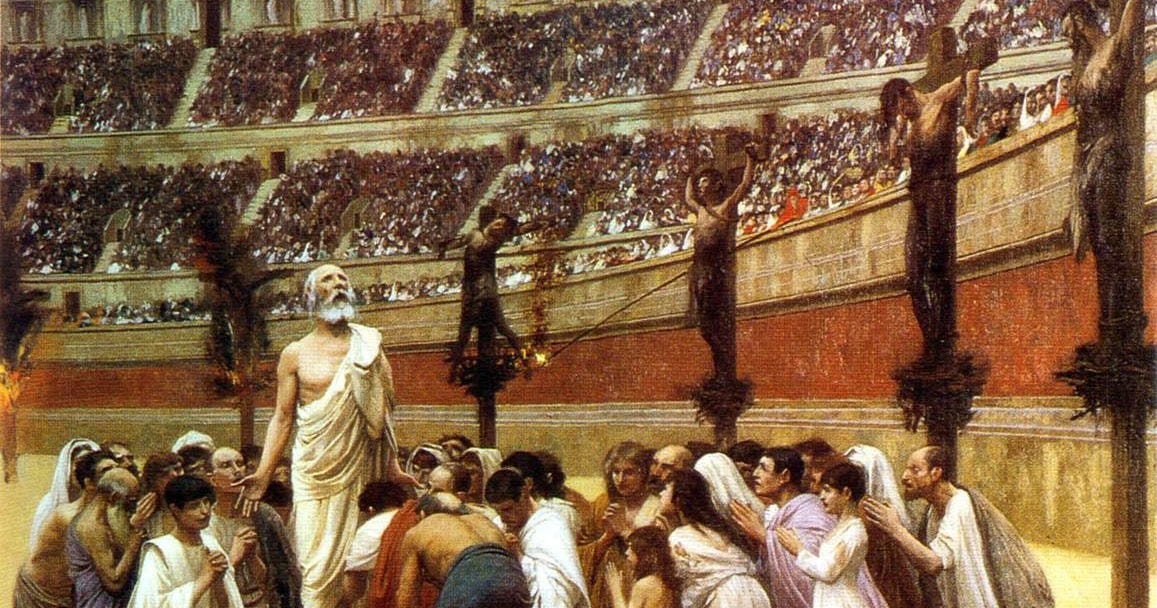

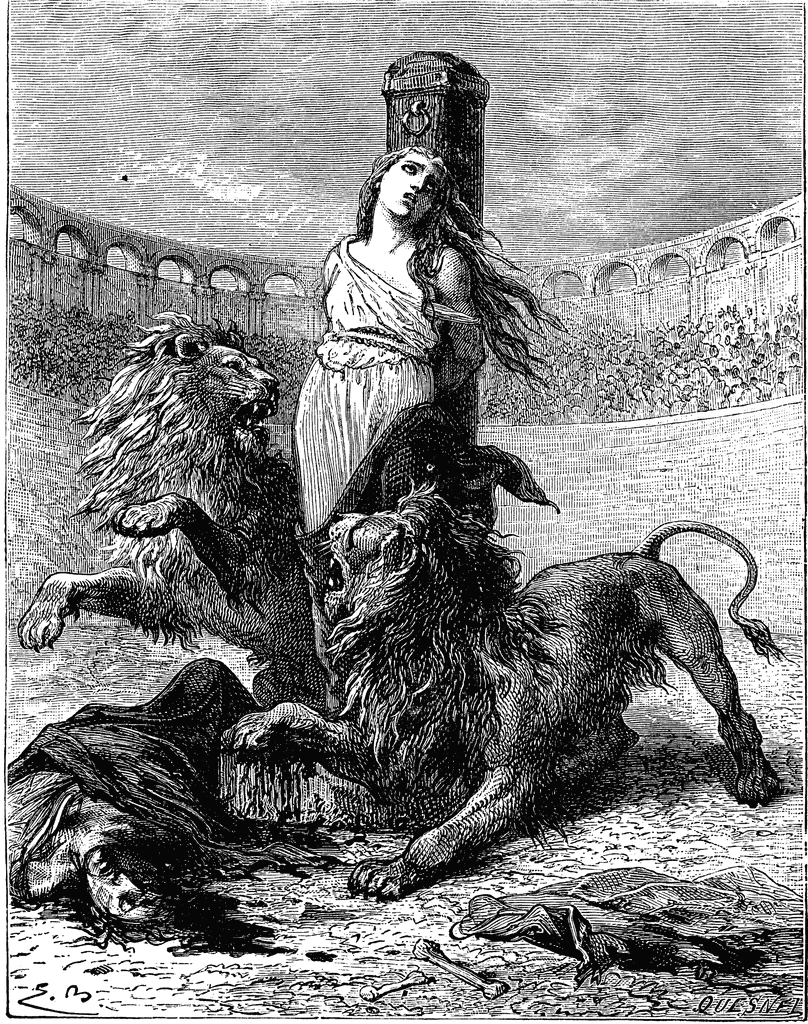

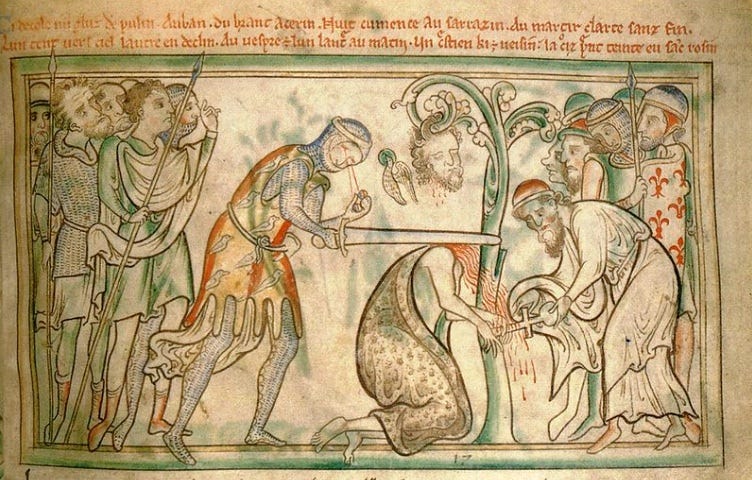
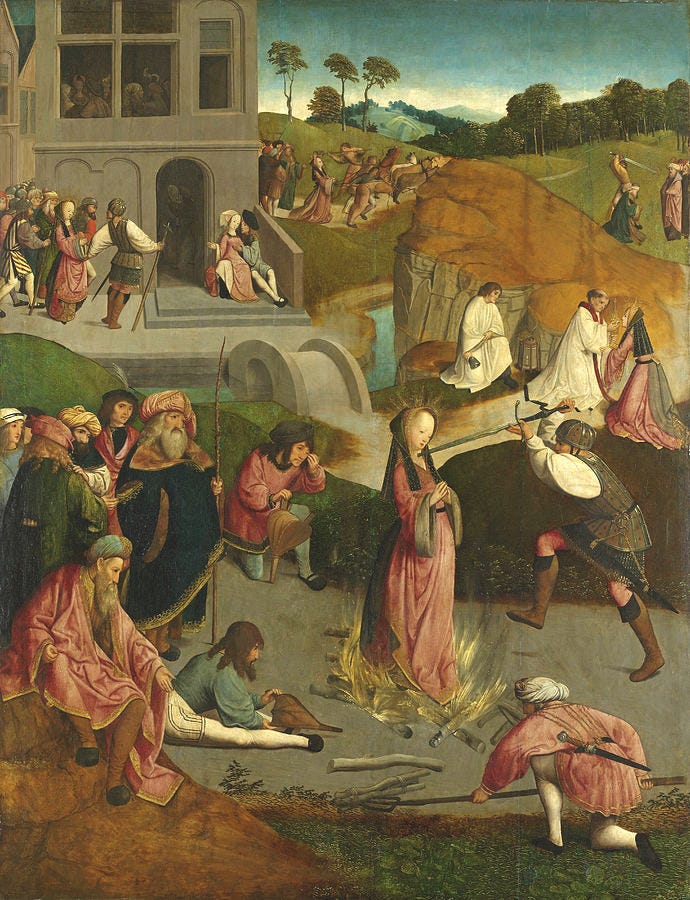
Fascinating series, so much I didn't know.
Outstanding research and well written. Thank you for the history of early Christianity. It was not for the faint of heart.